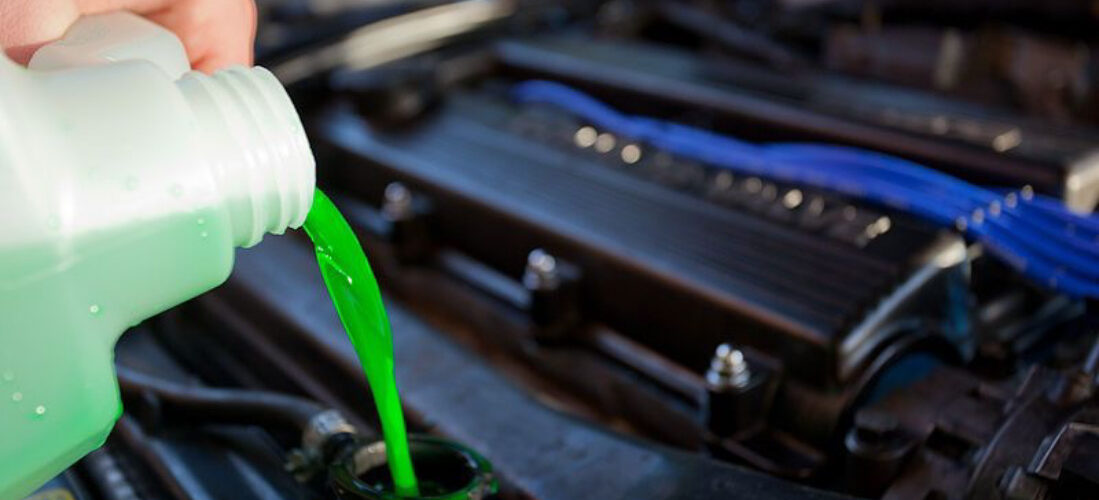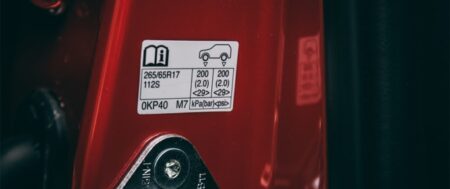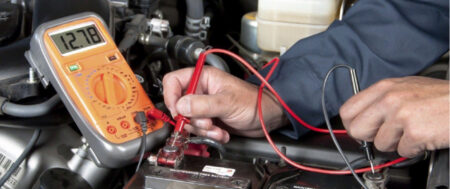Engine coolant is a mixture of water and anti-freeze that helps to stop your engine overheating.
Most modern cars have a sealed cooling system so they shouldn’t need topping up. Unless, of course, they’ve sprung a leak.
Check your engine coolant every couple of weeks so you can spot any problems early. It could save you a lot of money and hassle.
How to check your coolant
Many modern cars will have a dashboard warning light to let you know if there’s a problem with your coolant. You should get your car checked at a garage if the warning light comes on.
If you need to check it or top it up manually, here’s what to do.
1. Find the expansion tank
- Make sure you find the right tank. (Adding antifreeze to the screen wash, brake fluid or power steering reservoir could cause damage.)
- Check your vehicle handbook to find the location of the coolant filler cap.
2. Check the coolant level
- The coolant should be between the min and max marks on the side of the expansion tank.
3. Check hoses for problems
- Check any hoses that you can see at the same time.
- Wet or white staining is a sign of possible problems to come.
4. Top up if necessary
- If the coolant needs topping up, don’t remove the filler cap unless the engine is cold – you could be scalded by a sudden release of pressurised hot water.
- Make sure you use the right antifreeze – different types don’t mix well.
- Antifreeze doesn’t just protect your engine in winter. It helps stop corrosion and scale build-up all year round.
5. Take it to a garage
- It’s not normal for the coolant level to drop.
- If you see that it’s dropped, get a garage to take a look.
Notes: Disclaimer








